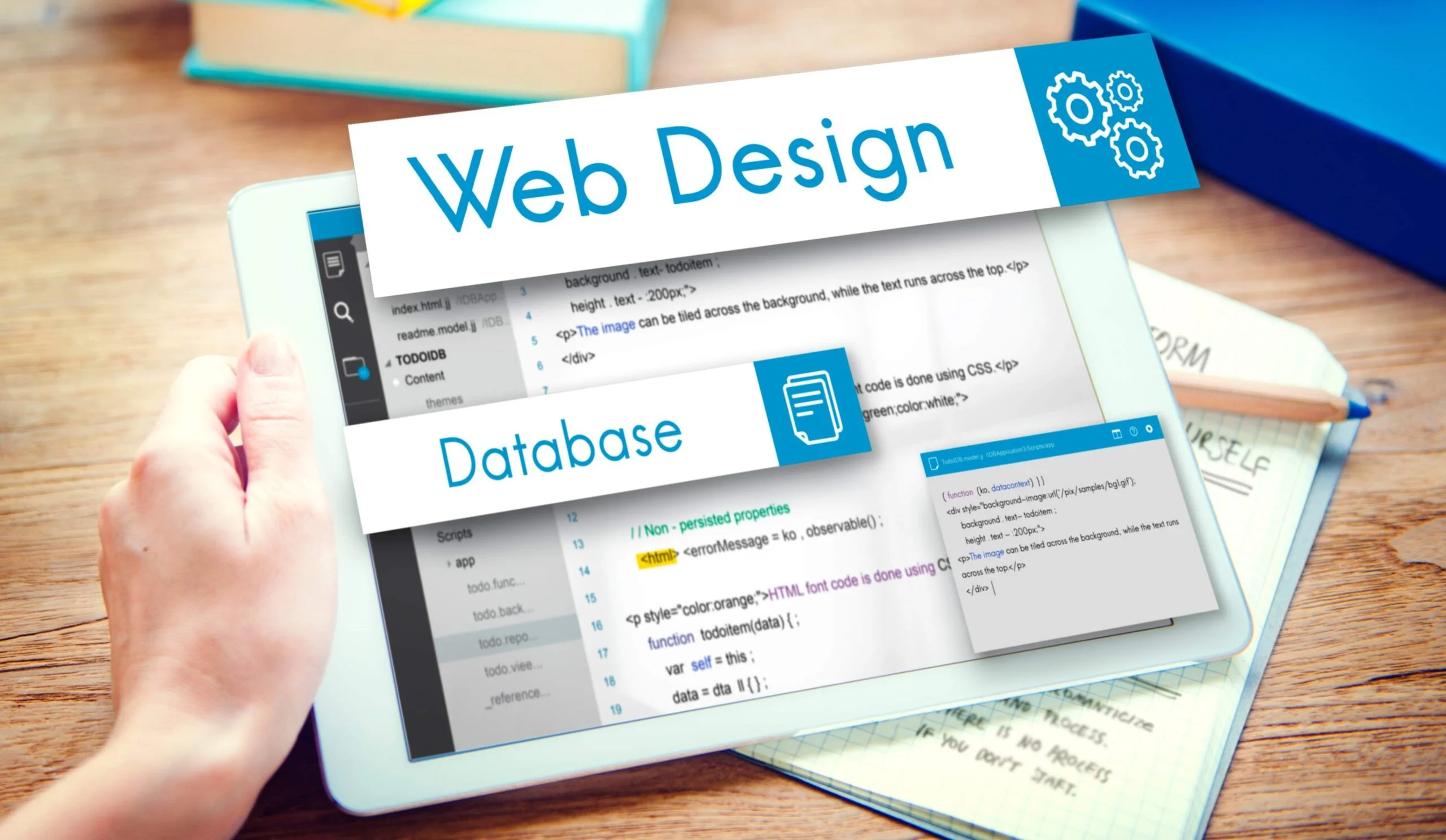The Total Guide to Finding Top Services in Web Design Pretoria
The Total Guide to Finding Top Services in Web Design Pretoria
Blog Article
The Basics of Reliable Internet Style for Novices
Effective web style is a diverse discipline that significantly affects individual involvement and contentment. For novices, comprehending the essentials-- such as comprehending customer experience, choosing a suitable shade palette, and ensuring receptive style-- can be discouraging yet gratifying. Each option, from typography to visual hierarchy, plays a critical function in creating a natural and functional site. The subtleties of these elements commonly disclose much deeper understandings that can transform a fundamental website into a compelling electronic visibility. What foundational principles should newbies focus on to attain this objective?
Recognizing Customer Experience

Secret elements of UX include user study, which assists identify the requirements and choices of the target audience, and functionality screening, which examines how actual individuals interact with the site. Instinctive navigation, receptive design, and clear, interesting content are vital elements that add to a positive individual experience.
Additionally, the psychological reaction evoked from customers during their interactions can dramatically impact their understanding of the brand name - Web Design Pretoria. A web site that prioritizes UX cultivates count on and motivates repeat sees, ultimately driving conversions and client commitment. Comprehending customer experience is not just an option for striving web designers; it is an essential principle that underpins successful digital interactions and influences the general performance of internet layout.
Picking the Right Shade Combination
Choosing the right shade combination is typically a definitive variable in internet layout that can greatly affect user assumption and involvement. A well-balanced color design not just improves the aesthetic allure of an internet site however likewise plays a vital function in branding and conveying the desired message.
When selecting shades, take into consideration the mental results they carry customers. Blue usually stimulates feelings of depend on and reliability, while red can stimulate exhilaration or seriousness. Utilize color concept concepts, such as corresponding and analogous shade plans, to develop visual harmony.
Additionally, make certain that your color selections align with your target audience and market requirements. Performing user research can supply valuable insights right into preferred color systems that resonate with your market. Furthermore, maintaining adequate comparison in between text and history shades is important for readability and access, ensuring that all customers can navigate your website easily.
Last but not least, uniformity is vital; use your color combination uniformly throughout all web pages to strengthen your brand name identification. By thoughtfully choosing your color combination, you can create an engaging user experience that mesmerizes visitors and motivates them to involve with your material.
Value of Responsive Layout
A properly designed website not just astounds with its shade scheme yet also adapts effortlessly to numerous gadgets and screen sizes. Receptive layout is crucial in today's electronic landscape, where users access the web through a myriad of devices, including tablet computers, mobile phones, and desktops. Web Design Pretoria. A site that fails to adapt to various display sizes risks estranging a substantial part of its audience, ultimately bring about higher bounce rates and decreased user involvement
Furthermore, internet search engine like Google focus on mobile-friendly sites in their ranking algorithms, indicating that receptive design is not just an individual experience enhancement but also an essential element of effective search engine optimization (SEO) By making certain that your web site is responsive, you improve use, making it less complicated for visitors to browse and communicate with your material, despite the device they are making use of.
Incorporating receptive layout methods, such as liquid grids, flexible read review photos, and media queries, enables a website to keep a constant and enticing aesthetic across various systems. This flexibility not only enhances user contentment however additionally fosters brand integrity and trust, as customers are much more most likely to engage with a site that gives a smooth experience.
Navigating Typography Essentials
Typography plays a crucial duty in internet style, serving as the visual voice of a site's material. It includes the typefaces, dimensions, spacing, and general presentation of text, which considerably affects readability and individual experience.
Next, consider font style dimension and line height. A general rule is to make use of a minimal font size of 16 pixels for body message to make certain readability throughout devices. Appropriate line height, usually 1.5 times the font style dimension, improves readability by giving ample space between lines.
Furthermore, focus on contrast. Text should attract attention versus its background to stay clear of pressure on the reader's eyes. Stay clear of making use of as well numerous various typefaces; a combination of two or 3 can create an unified style. Finally, keep in mind that typography is not fixed; test various styles and configurations to see what reverberates best with your audience. Grasping typography will certainly elevate your internet design, making your site not only appealing yet user-friendly and additionally functional.

Making Use Of Visual Pecking Order
At the core of reliable website design exists the principle of visual pecking order, which overviews users with material in a manner that is both user-friendly and interesting. Visual pecking order describes the arrangement of elements on a webpage to symbolize their relevance with dimension, placement, color, and comparison. By employing these techniques, designers can lead users' interest to crucial info, improving their general experience.
To establish a clear visual pecking order, begin by identifying the most essential elements on your web page, such as headings, phones call to activity, or images. Use larger typefaces and bold colors for primary headings to make them stick out. Subheadings ought to be somewhat smaller, maintaining a logical circulation that routes the individual's gaze downward.
Furthermore, contrast plays a crucial duty; contrasting shades can make crucial aspects pop, while constant spacing creates a tidy design that is easy to browse. Utilizing whitespace efficiently also boosts readability, allowing individuals to concentrate on the material without feeling bewildered.
Inevitably, a well-implemented visual hierarchy not just enhances customer involvement however additionally assists in far better comprehension, making it an essential facet of efficient website design.
Conclusion
In recap, efficient internet style for newbies demands an news extensive understanding of customer experience, choice of appropriate shade combinations, and the implementation of receptive design. Typography basics and a clear visual power structure additionally boost additional resources functionality and navigation. Prioritizing these aspects cultivates an environment for user engagement and contentment. Ultimately, a properly designed website not just draws in site visitors yet also promotes continuous interaction, establishing a structure for success in the digital landscape.

At the core of efficient web layout exists the principle of visual power structure, which overviews customers via material in a way that is both engaging and user-friendly.In summary, reliable internet style for newbies requires a detailed understanding of individual experience, selection of appropriate shade combinations, and the implementation of receptive style.
Report this page